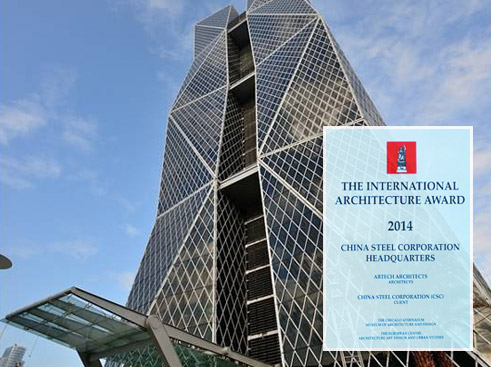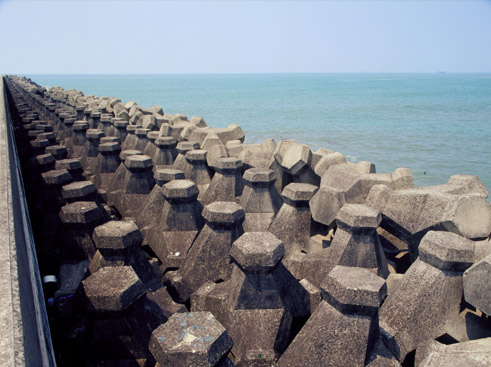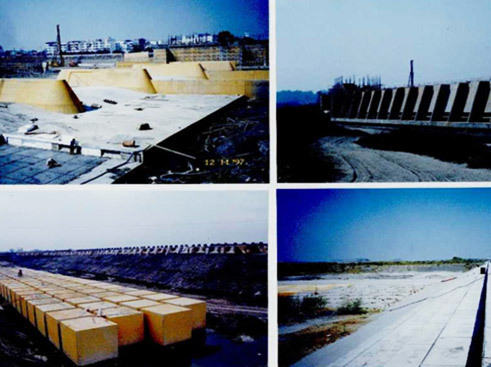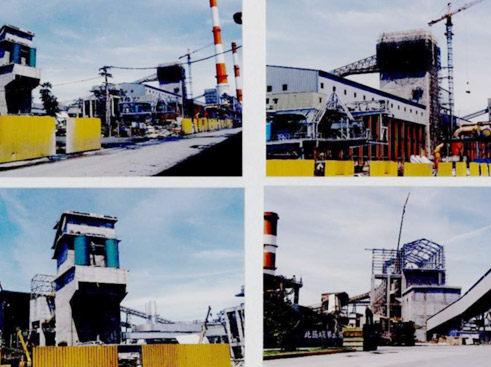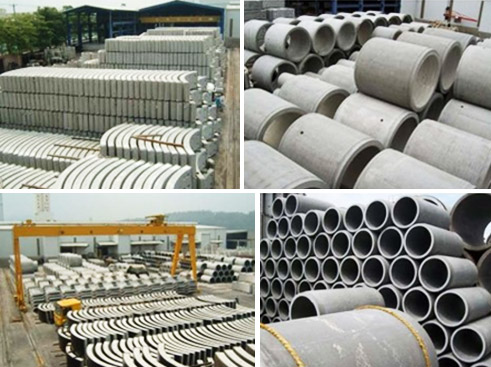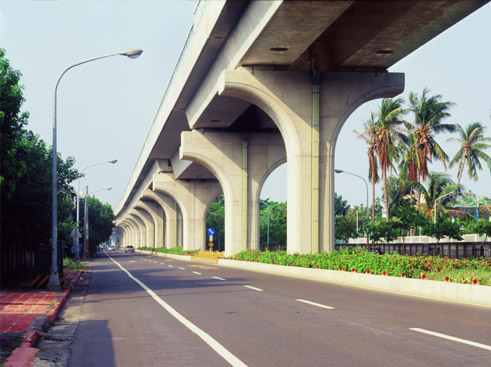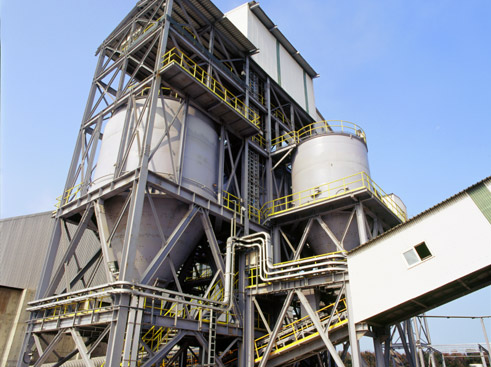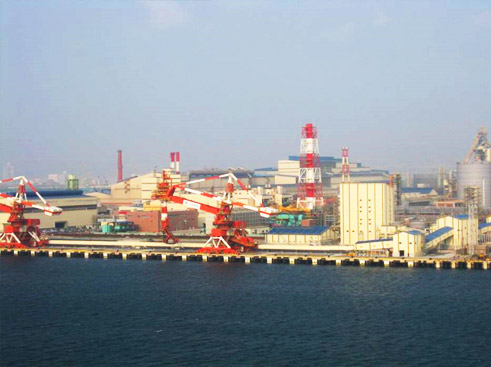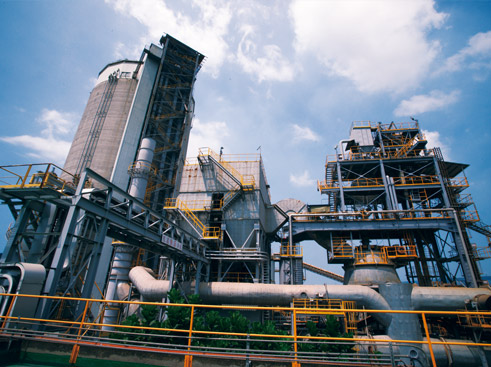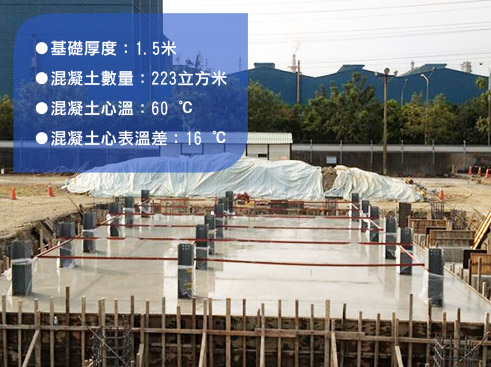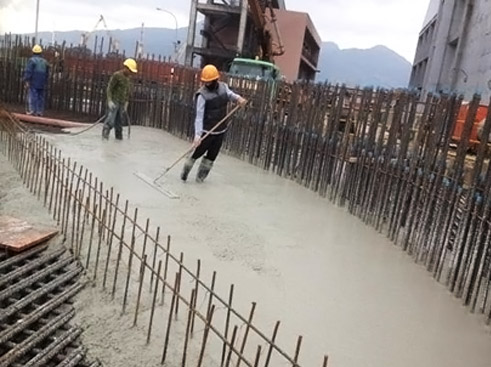-

Type IS Portland GBFS cement [IS(<70)] can replace Type I Portland cement, which is applicable in traditional concrete.

After being hydrated, the ingredients of Type IS GBFS cement [IS(<70)] will undergo pozzolanic reaction, which will promote the late strength of concrete to enhance the strength and engineering quality of concrete.

The China Steel Building, The South Star Project (Environmental Protection Bureau, Kaohsiung), The Gaoping River Weir Project (Water Resources Bureau, Kaohsiung), Expansion Projects III and VI of CSC, Prefabricated high fineness blast furnace cement products, The Kaohsiung Rapid Transit System Project
-

Type IS (MS) Portland GBFS cement [IS(<70) (MS)] can replace Type II Portland cement, which is applicable in an environment with medium requirements of resistance to attacks by sulfate or marine engineering projects.

- This product can promote the impermeability of concrete, and the performance of its resistance to sulfate corrosion is excellent. It is applicable in building underground bases and coastal or marine engineering projects.
- The pozzolanic reaction will promote the late strength of concrete to enhance the strength and engineering quality of concrete.

The Kaohsiung Rapid Transit System Project, CHC’s Taichung Grinding Plant (including slip forming of silos), Expansion Projects II and III of Dragon Steel Corporation
-

Type IS (MS-MH) Portland GBFS cement can resist medium attacks by sulfate and has lower hydration heat than ordinary cement. In addition to the applications in an environment with medium requirements of resistance to attacks by sulfate or marine engineering, it can also satisfy some customers’ requirement of medium hydration heat. This product can replace Type II Portland cement and part of Type V cement.

- This product is sulfate resistant and can enhance the service life of concrete, which is especially applicable in coastal or marine engineering projects.
- The pozzolanic reaction will promote the late strength of concrete to enhance the strength and engineering quality of concrete.
- Low hydration heat can reduce the generation of thermal stress cracks in concrete.

The Kaohsiung Rapid Transit System Project
-

Type IS (WR) Portland GBFS cement contains mineral admixtures with high fineness and workability agents. It is applicable in ground improvement and grouting projects and can replace Type I or Type II Portland cement as a grouting material.

- This product contains mineral admixtures with high fineness and workability agents and mixes well with soil.
- It has long working time and avoids tube blockages.
- It has long working time and high strength after hardening. Its strength for soil improvement is better than that of ordinary Portland cement.
- When applied for ground improvement, it can effectively prevent soil liquefaction.
-

Type H2F GBFS cement is applied to make ceramic tiles, bricks, and stone adhesives. It can effectively inhibit the occurrence of efflorescence, detachment of adhesives, and black spots on tiles. It can replace ordinary Type I Portland cement or low-alkali cement.

- The mineral admixtures contained in this product can consume excessive Ca(OH)2 after the hydration reaction of cement, which will inhibit the occurrence of efflorescence.
- The alkali content (K2O and Na2O) of this product is low, and the added mineral admixtures can effectively enhance impermeability and inhibit detachment of adhesives and black spots on tiles caused by alkali aggregate reaction.
-

There are low hydration heat and high sulfate resistance in this product. It can replace Type V Portland cement and is applicable in marine engineering projects and mass concrete buildings.

- This product can effectively reduce the temperature of concrete to avoid delayed ettringite reaction, which leads to the deterioration of concrete.
- There is an apparent decrease of the temperature differences between the surface and core, which reduces cracks resulting from thermal stress.
- Impermeability is enhanced by the pozzolanic reaction. Its resistance to attacks by chloride-ion permeability and durability are better than those of Portland cement.
 Products and Services > BFS Powder and GBFS > GBFS cement
Products and Services > BFS Powder and GBFS > GBFS cement